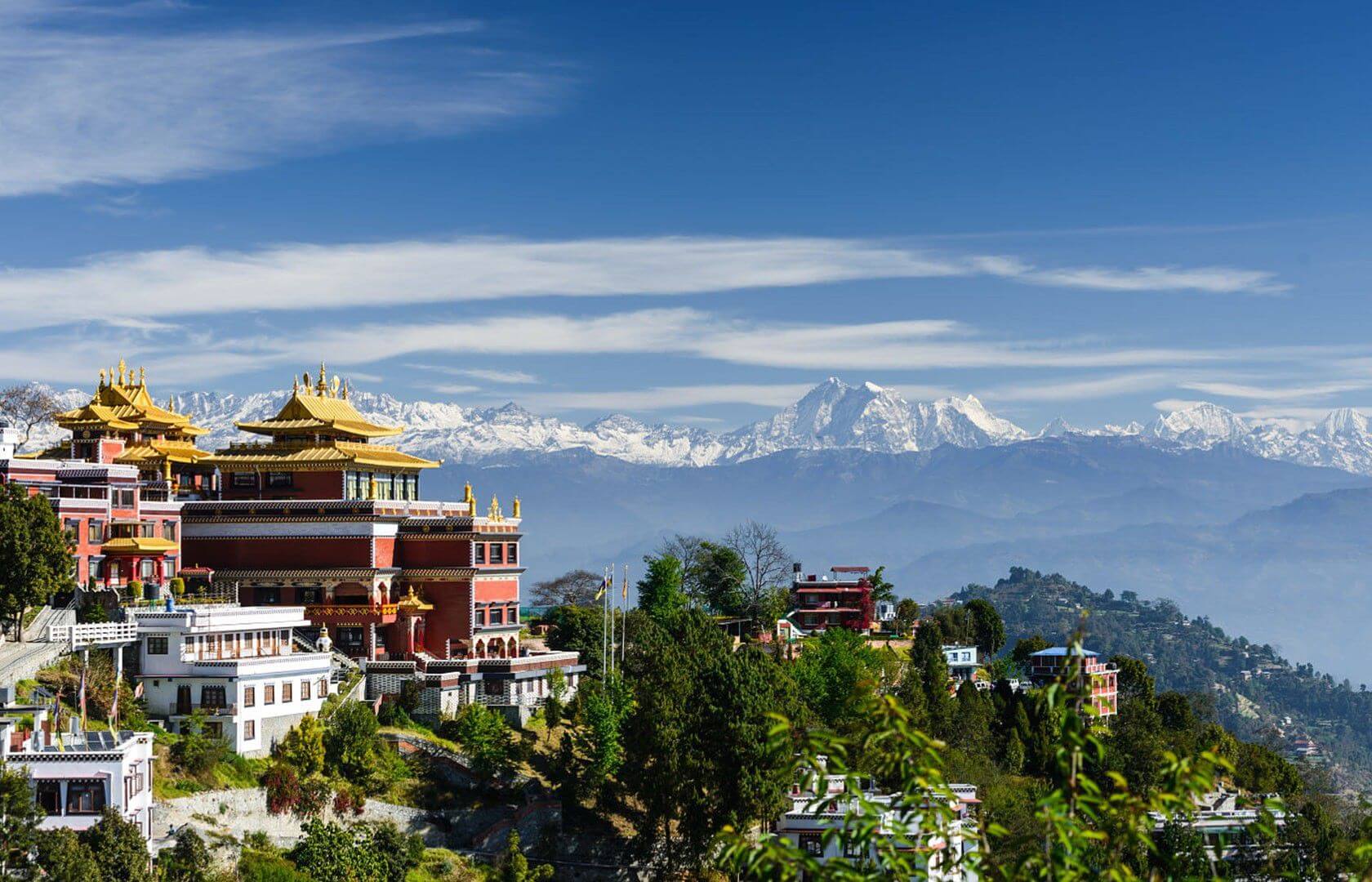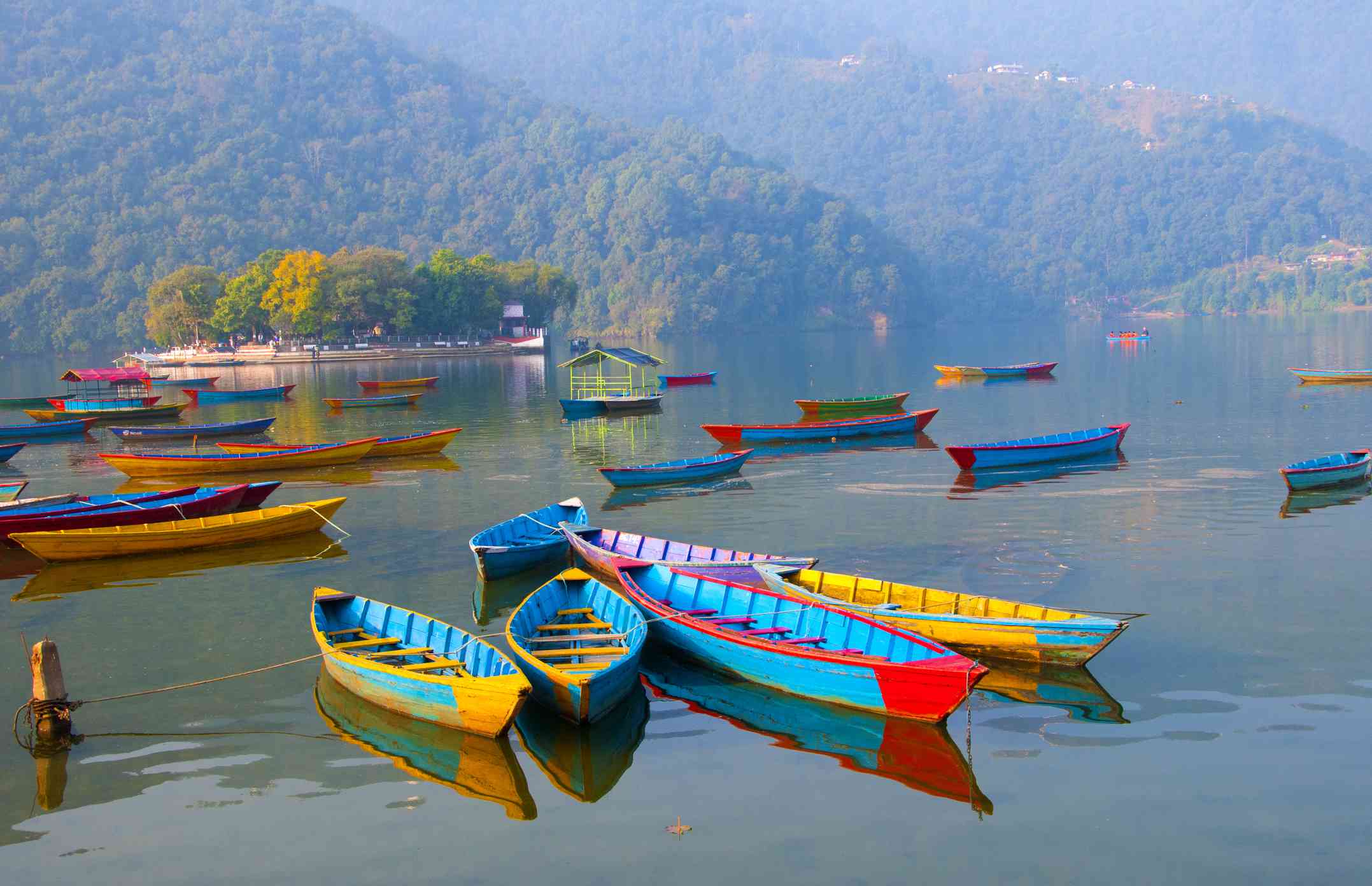Explore Kathmandu
Duration
Tour Type
Overview
Explore Kathmandu
Duration: 3 Nights / 4 Days
Destination: Kathmandu
Tour Plan
Upon arrival at Tribhuwan International airport Kathmandu, meet and assist by our representative and transfer to hotel.
Kathmandu is the capital of Nepal and the largest urban agglomerate of Nepal. The agglomerate consists of Kathmandu Metropolitan City at its core, and its sister cities Patan, Kirtipur, Thimi, and Bhaktapur. It also includes the recently recognized urban areas of Shankhapur, Karyabinayak, Champapur, Banepa, Dhulikhel and Panauti. According to a census conducted in 2011, Kathmandu metropolis alone has 975,453 inhabitants, and the agglomerate has a population of more than 2.5 million inhabitants.
The city stands at an elevation of approximately 1,400 meters (4,600 ft) in the bowl-shaped Kathmandu Valley of central Nepal. It is surrounded by four major mountains: Shivapuri, Phulchoki, Nagarjun and Chandragiri.
Overnight at Hotel in Kathmandu
Breakfast at hotel and Sightseeing tour of Kathmandu Durbar Square and Swayambhunath. Afternoon sightseeing tour of Patan city
Kathmandu Durbar Square: Kathmandu’s number one tourist attraction swarms with life. Though a few of the square’s 50-plus monuments date from the 12th century, most are from the time of the Malla Kings. Probably the most famous building here is the Kumari Bahal, a building richly decorated with beautiful woodcarvings, which is home to the Royal Kumari, the Living Goddess, and a manifestation of the great goddess Durga. Nearby the former Royal Palace is a Mall Dynasty dwelling, once considerably more extensive than today. Within, the courtyard Nassal Chowk, originally hosted dramatic dance performances, now it is the coronation site of the Shah kings and contains some of the finest wood carvings you will see anywhere in the kingdom. The 14th century Jagannath Mandir is the oldest temple in the area, its steps carved with inscriptions in many languages, nearby Taleju Mandir is one of the largest and finest temples in the Valley.
Visit Kumari Temple – Living Goddess: Kumari, A ‘living goddess’ made a rare public appearance to take center stage at a religious festival in Nepal.A Kumari, meaning virgin in Nepalese, is a young prepubescent girl, considered by devotees to be incarnations of the Hindu goddess of power, Kali.
Swayambhunath: The most ancient and enigmatic of the Valley’s holy shrines the golden-spired stupa of Swayambhunath tops a wooded hillock. Records of its history date as far as the 5th century, but its origins are believed to be older. It is the Kathmandu Valley’s most sacred Buddhist shrine and whilst its worshippers include the Vajrayana Buddhists of northern Nepal and Tibet, Newari Buddhists are the most fervent devotees.
Afternoon visit of Patan city
Patan: Patan, the ancient city, once a kingdom in itself, is situated across the Bagmati River to the south of Kathmandu. Patan Durbar Square offers the finest display of Newari urban architecture in Nepal. There are temples devoted to Shiva, Krishna, Ganesh and Vishnu all actively visited by residents and visitors. At the northern end of the square the ancient sunken water tap has been restored and is still in use with young girls filling huge jugs from the carved stone waterspouts. The courtyards of the Royal Palace with their ornamented windows, columned arcades, shrines and sunken royal bath are amongst the loveliest in all Kathmandu.
Overnight at Hotel in Kathmandu
Breakfast at hotel & proceed for Sightseeing tour of Pashupatinath and Boudhnath. Afternoon sightseeing tour of Bhaktapur City
Pashupatinath: situated approx. 4 km east of Kathmandu city, Pashupatinath temple is one of the holiest Hindu temples dedicated to Lord Shiva. Situated, amidst a lush green natural setting on the bank of the sacred Bagmati River, the temple built in pagoda style has gilted roof and richly carved silver doors. Visitors will be permitted to view the temple from the east bank of river Bagmati, entrance in the temple being strictly forbidden to all non Hindus. Pashupatinath is the centre of annual pilgrimage on the day of Shivratri which falls in the month of February/March. Behind the temple are the cremation grounds.
Boudhanath: This stupa, approx. 7 km east of Kathmandu city is one of the biggest in the world of its kind. It stands with four pairs of eyes in the four cardinal direction keeping watch for righteous behavior and human prosperity. This Buddhist stupa was built by King Man Deva at the advice of Goddess Mani Jogini. It is built on an octagonal base inset with prayer wheels. The shrine is ringed by houses of Lamas or Buddhist priests.
Afternoon sightseeing tour of Bhaktapur Durbar Square along with a heritage walk through its medieval alleys. Visit a Local Family to gain insight into the lifestyle of the locals.
Bhaktapur Durbar Square: Bhaktapur lies only at the distance of 13 km to the east from the capital city, Kathmandu, one can have an opportunity to experience a different world, the world full of vibrant cultures, colorful festivals, generations old craftsmanship, and on top of that it is very worthwhile experiencing its indigenous lifestyle – still preserved old houses, still practiced traditional ways of welcoming guests, still practiced culinary & cutlery and many more experiences.
As you walk in, you cannot but be overcome by a feeling of inner harmony. Such is the art and architecture and the special layout here. The Palace of 55 Windows built during the period of King Bhupatindra Malla in 1754 situated to the left as you enter through the city gate, inspires admiration. The National Art Gallery is also housed inside. The palace entrance, the Golden Gate known as SunkoDhoka in Nepali is a masterpiece in repousse art. In front of the palace building is a medley of temples of various designs. Amongst the three Durbar Squares in the Valley, the Durbar Square in Bhaktapur is the best preserved one.
Overnight at Hotel in Kathmandu
Breakfast: In hotel
Departure transfer to the International airport to connect flight for onward destination



